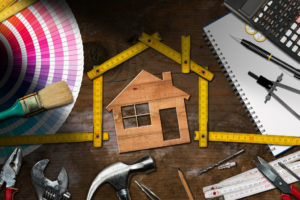Atrial fibrillation, also known as A-fib, can be triggered for many different reasons. These reasons usually include stress, intense exercise, and alcohol. However, unlike combatting stress and managing your alcohol intake, which are healthy ways to manage your irregular heartbeat, regular exercise will only be beneficial when performed properly.
Safe Exercises for People with Atrial Fibrillation
If you have atrial fibrillation and are not used to exercising regularly, it’s immensely critical that you start slow and then build endurance and strength gradually. Eventually, you should build up to around 30 minutes of exercise five days weekly at least, which is roughly around 2.5 hours of exercise weekly.
But which exercises should you do? Below are six kinds of exercises you can consider depending on your fitness level and specific preferences:
- Cardiac Rehab – Exercising with an experienced specialist is a safe and excellent way to begin working out, especially if you have just gotten out of the hospital for your atrial fibrillation. You can do this at home, in the independent living facility here in Phoenix you’re living in, or in the specialist’s office.
- Swimming and Water-Based Activities – This is easy on the heart and the joints. But make sure to rest outside the pool and sit down whenever you feel out of breath.
- Walking – This is one of the safest physical activities, but you must start slow and refrain from doing brisk walking. Begin by walking for just five to 10 minutes a day for a week and gradually adding more minutes every week.
- Cycling – Whether using a standard or a stationary bike, regular cycling can be an excellent exercise for those with A-fib. When starting out, keep it moderately intense and don’t push yourself too hard.
- Yoga – According to a published study in the American College of Cardiology Journal, doing yoga for 60 minutes twice weekly for three months, decreased symptoms and episodes of A-fib. It also improved blood pressure and heart rate, as well as reduced anxiety and depression in individuals with A-fib.
- Regular House Chores – If for some reason you can’t quite get yourself to work out regularly just yet you can try doing some physical chores around the house. Aside from gardening, cleaning the floor, or walking to the store to run errands, you can do other similar activities as long as the task increases your heart rate safely.
The Importance of Knowing When Enough is Enough

Whether you’re new or used to exercising, you need to closely monitor your pulse during your workouts, both during recovery and peak activity. Make sure to ask your doctor about what an acceptable heart rate range is right for you.
Keep in mind, however, that regardless of the exercise you are doing, you need to stop for a bit and rest once you feel A-fib symptoms such as chest pressure or pain and lightheadedness creeping in.
But if you feel more severe symptoms such as intense chest pain or passing out, get yourself emergency help as soon as possible. Remember, exercise is great, but you have to know when enough is enough.














